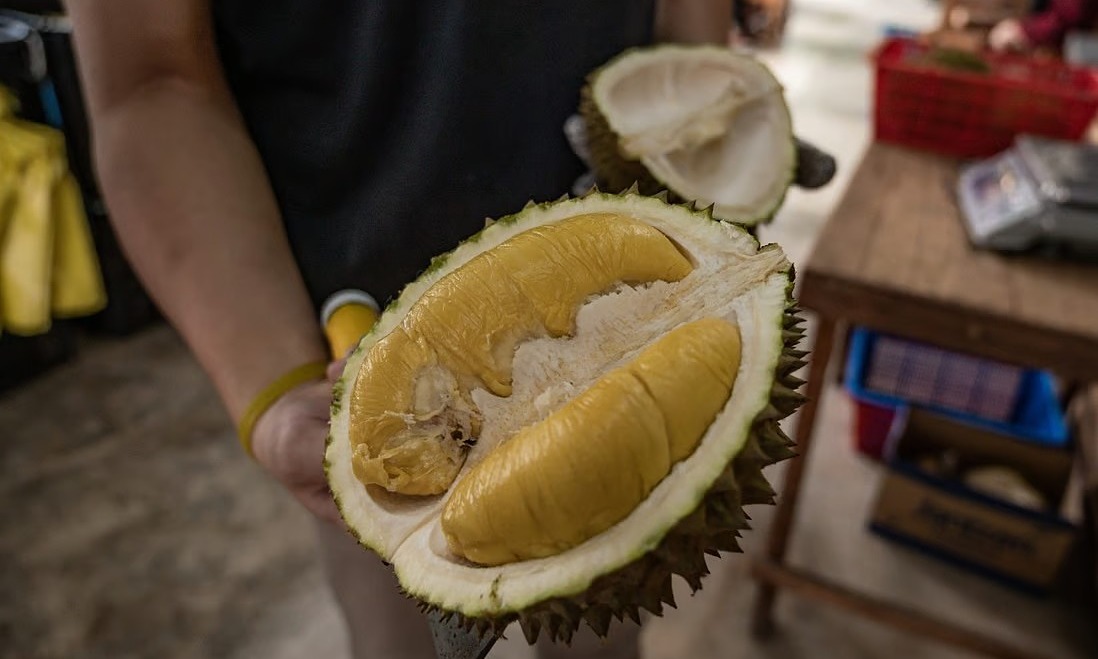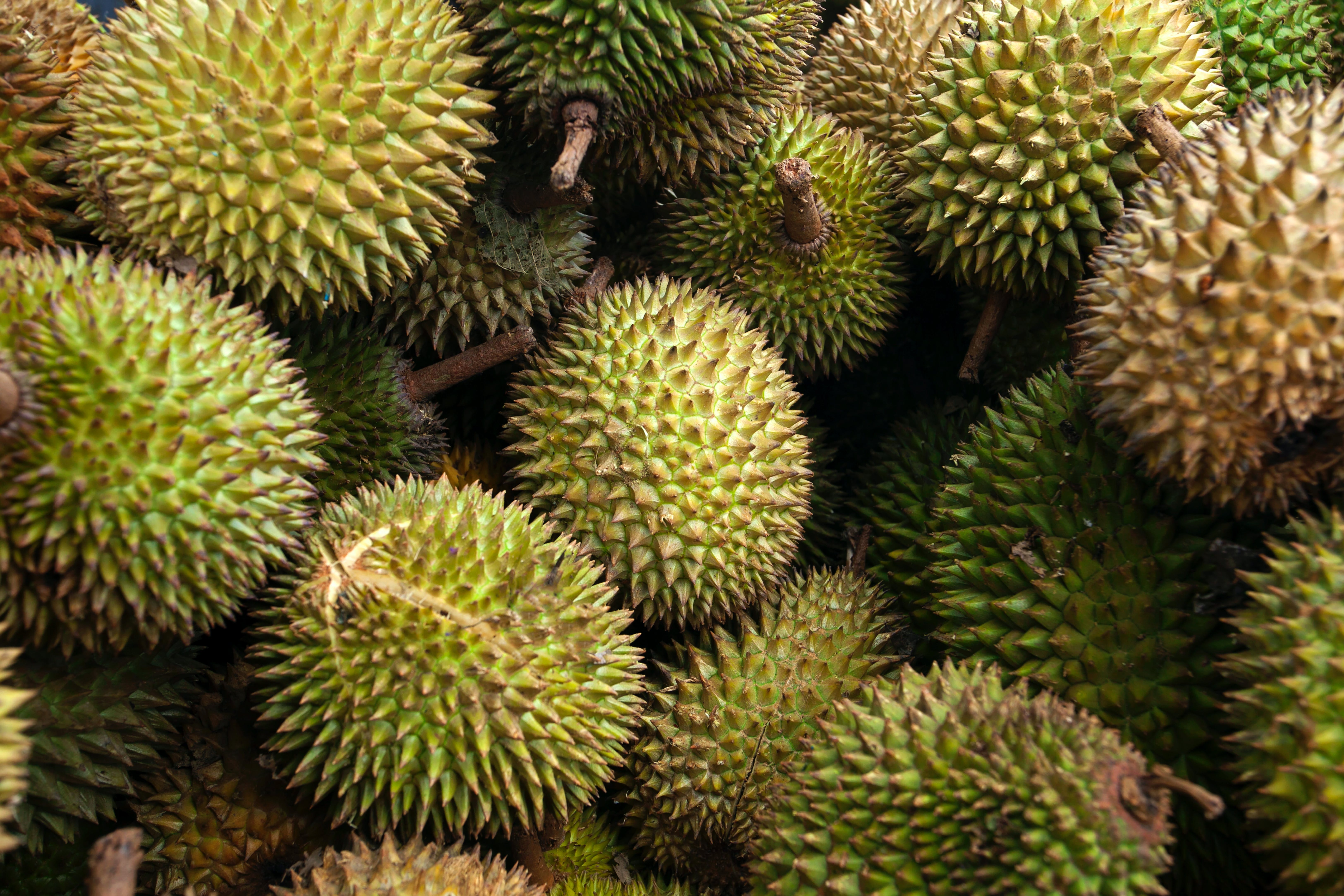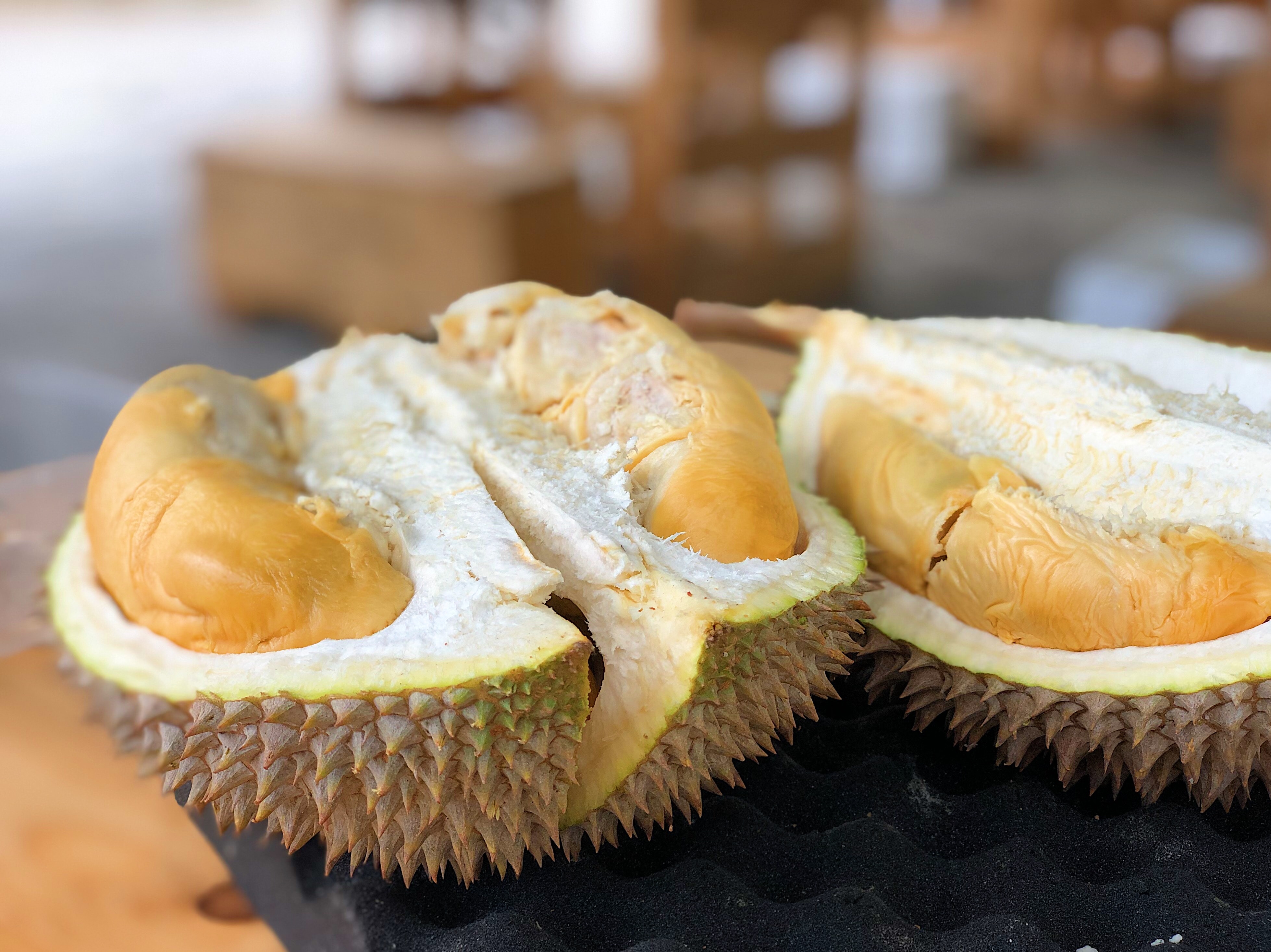The Origins Of Musang King Durian & How It Got Its Name
The king of the king of fruits.
The Musang King durian is one of the most popular and highly desired types of durian
With its bright yellow, buttery thick flesh and creamy texture, this durian variety is mainly grown in Kelantan, Pahang, and Johor, earning its reputation as one of the most luxurious and expensive durian types.
Also known as Mao Shan Wang, Musang King is said to have been developed and cultivated in Malaysia during the 1990s.
However, there are different stories regarding the origins of this beloved fruit variety
In one account, it is believed that a Chinese farmer named Wee stumbled upon an "odd-looking" durian tree. After tasting its fruit and falling in love with it, he decided to graft it and bring it home to Tanah Merah, Kelantan.
In another version, a man named Tan Lai Fook from Raub, Pahang, reportedly discovered a durian tree in Gua Musang, Kelantan during the 1980s. Fascinated by the tree, he brought back a branch to graft, subsequently attracting the interest of other cultivators.
Another story recounts that Tan Eow Chong from Penang came across the golden-flesh variety at a roadside stall. The colour, described by the seller as resembling that of the sultan's palace, caught Tan's attention.
Upon tasting the fruit, Tan experienced the sensation of the flesh "melting in his mouth", inspiring him to cultivate this particular durian variety.
According to the Los Angeles Times, Tan initially sought to obtain a branch for grafting from the seller, who declined the request. Undeterred, Tan returned later with a villager armed with a rifle. For a fee, the villager assisted Tan in obtaining a branch by shooting it off.
Thirty-five years later, Tan earned the moniker 'Durian King' in Malaysia as his Musang King business propspered, primarily due to success in the Chinese market.
Even the way Musang King got its name has many versions
The most widely accepted version suggests that Musang King durian got its name from its origin in Gua Musang, the habitat of the Asian palm civet.
For those unfamiliar, the term musang in Malay means civet cat. So, Musang King can be translated to 'Civet Cat King' or 'King of the Civet Cats' in English. The Chinese term 'Mao Shan Wang' also shares a similar meaning, translating to 'Mountain Cat King'.Locals believe that civet cats are selective in choosing the best durians to eat, and Musang King is considered their top choice.
Regardless of its origins, Musang King has gained widespread recognition since the early 2000s, not only within Malaysia but also in various parts of the world, fetching prices as high as RM500 per kg overseas
Today, Musang King has found its way into many dishes and desserts, ranging from ice cream and cendol to cakes and even burgers.
All in all, it goes to show that when it comes to selecting the finest, animals often have a keen sense of discernment. Musang King stands as the preferred choice among civet cats and has become a favourite among people worldwide.



